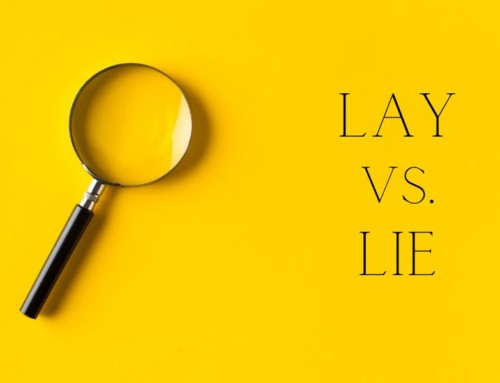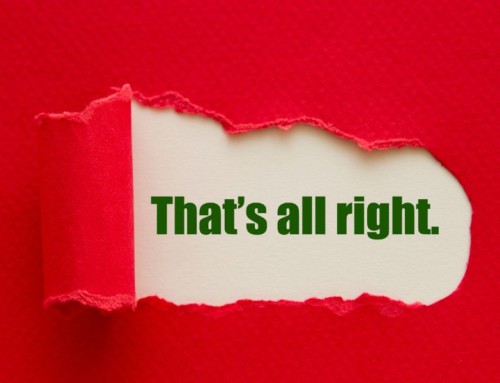
The semicolon is an interesting punctuation mark in the English language, and many writers find it mysterious and often avoid using it altogether. Understanding how to use semicolons, however, isn’t just for book editors to know. Using semicolons the right way can elevate the sophistication of your writing.
In this article, we will delve into the details of mastering the art of using semicolons in your writing.
What Are Semicolons?
A semicolon is a punctuation mark that serves as a stronger pause than a comma, but it’s not as final as a period. Its purpose in writing is to connect closely related independent clauses and to separate items in a list when those items also contain commas.
Differentiating semicolons from other punctuation marks, such as commas, colons, and periods, is an important part of knowing how to correctly use them.
Correct Usage of Semicolons
Correctly using the semicolon involves connecting closely related independent clauses and emphasizing the relationship between two independent clauses.
Example: “She took the train; he drove to the airport”
This example demonstrates the connection between the two independent clauses.
Plus, you can use the semicolon to separate items in a list when the items themselves contain commas.
Example: The conference includes keynote speakers from Dallas, Texas; San Francisco, California; Boston, Massachusetts; and Orlando, Florida.
This example demonstrates where to appropriately place semicolons in a list that also uses commas.
While a comma indicates a pause, a semicolon signals a slightly longer pause, and it also connects the ideas between the two independent clauses.
Incorrect Usage of Semicolons
Understanding how you might incorrectly use the semicolon is just as important as understanding how to correctly use them. For instance, you would not use a semicolon to join an independent clause with a dependent clause, nor would you place a semicolon where a comma should be used.
Example: “She was excited for the trip; although it was raining.” In this case, a comma should be used instead of a semicolon.
Incorrect Example: “For the celebration, we need to get colorful balloons; lots of streamers; a cake; and confetti.” In this example, commas should be used to separate items in the list.
Final Thoughts
Knowing how to use the semicolon in your writing can enhance the clarity and sophistication of your work. Semicolons can play vital roles in connecting ideas and improving the flow of your writing. By understanding their purpose and correct usage you can confidently incorporate semicolons into your writing.
Pin It!
Share this post to Pinterest.

Discover more from Mill City Press
Subscribe to get the latest posts sent to your email.





Leave A Comment